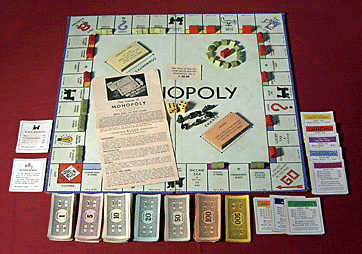

Last year, Settlers doubled its sales on this side of the Atlantic, moving 200,000 copies in the US and Canada-almost unheard-of performance for a new strategy game with nothing but word-of-mouth marketing. Most impressive of all, though, Settlers is actually inducting board-game-averse Americans into the cult of German-style gaming. And it has made its 56-year-old inventor a household name in every household that's crazy about board games, and a lot that aren't. It has spawned an empire of sequels, expansion packs, scenario books, card games, computer games, miniatures, and even a novel-all must-haves for legions of fans. It has been translated into 30 languages and sold a staggering 15 million copies (even the megahit videogame Halo 3 has sold only a little more than half that). Since its introduction, The Settlers of Catan has become a worldwide phenomenon. In fact, the phrase German-style game is now shorthand for a breed of tight, well-designed games that resemble Monopoly the way a Porsche 911 resembles a Chevy Cobalt. Any game aficionado will tell you that the best-designed titles in the world come from this country. Released in 1995, The Settlers of Catan only recently caught fire in the U.S Because of this enthusiasm, board game design has become high art-and big business-in Germany. The country's mainstream newspapers review board games alongside movies and books, and the annual Spiel board game convention in Essen draws more than 150,000 fans from all walks of life.

More are sold per capita in Germany than anywhere else on earth. Germans, it turns out, are absolutely nuts about board games. Winning some obscure German award may not sound impressive, but in the board game world the Spiel des Jahres is, in fact, a very, very big deal.

The game was a hit, and in 1988 it won the Spiel des Jahres prize-German board gaming's highest honor. Teuber (pronounced "TOY-burr"), a dental technician living with his wife and three kids in a white row house in Rossdorf, Germany, had created a game a few years earlier called Barbarossa and the Riddlemaster, a sort of ur-Cranium in which players mold figures out of modeling clay while their opponents try to guess what the sculptures represent. * Photo: Baerbel Schmidt * In 1991, Klaus Teuber was well on his way to becoming one of the planet's hottest board game designers. One German genius has engineered a faster, smarter board game.


 0 kommentar(er)
0 kommentar(er)
